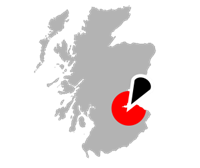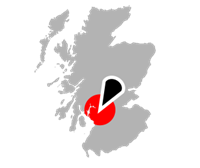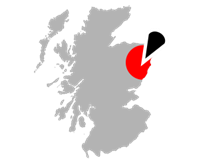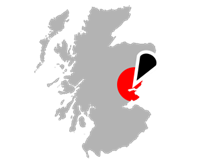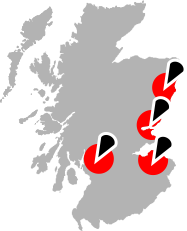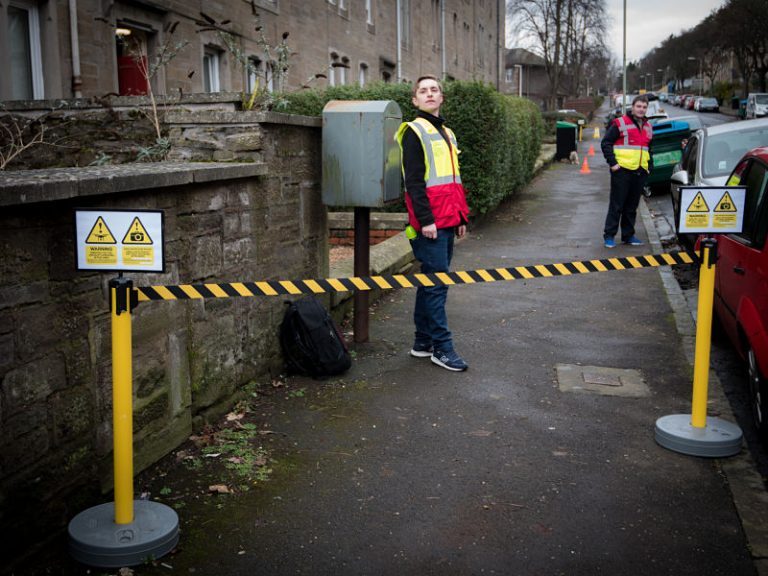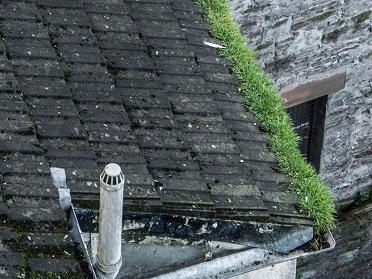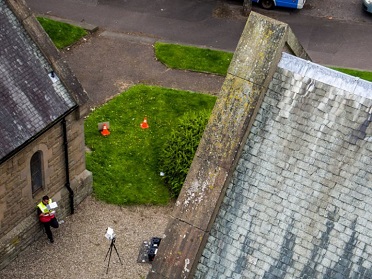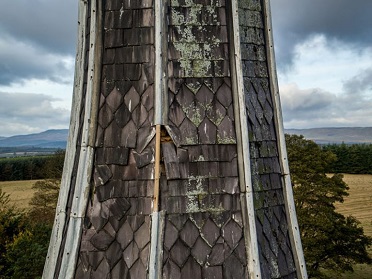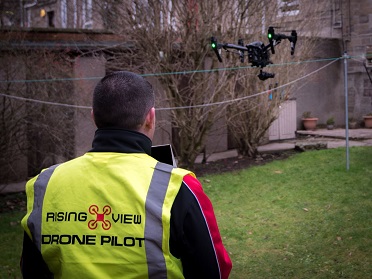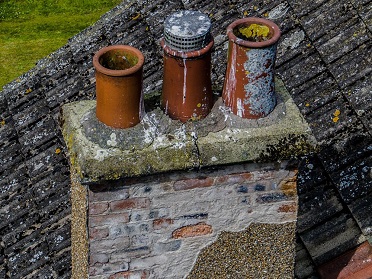Drone church spires inspection protocols are a great way of ensuring the structural integrity and safety of any church roof, including its spire or bell tower. Carrying out regular inspections of such religiously and historically significant buildings is the best way to ensure that they are properly maintained and that necessary repairs are carried out in a timely manner. If this does not occur, then there is always the risk of falling masonry or damage that becomes beyond repair. Whenever any safety inspection takes place, drone thermal inspection photography should also be considered to catch those less obvious issues.
What Might Drone Church Spires Photography Show Up?
In the UK, there are working churches that date back to around 600 AD. While many of these are very basic constructions with a main building and a taller tower structure, they still require a great deal of upkeep and maintenance. Spires replaced steeples on many churches as part of the move towards gothic architecture. One of the best examples of a spire is a Salisbury Cathedral. However, there are many other, if less grand, examples across the country. The one thing that all these church spires, steeples and towers have in common is their need for constant repair, maintenance and renovation work, to keep them structurally sound and looking their best. The only way to stay ahead of these needs is to know exactly what is going on with the spire; and this requires regular inspections. Drone church spires inspection protocols can show up a host of issues. This can include missing or faulty roof tiles or slates, crumbling masonry or areas where weather damage has entered into the inside space of the spire. Drone church spires photography can also show debris that may have collected around guttering or be caught on railings, iron works, stonework or other decorative elements. It may only be a few dry leaves blown in after a strong wind, but during the winter these leaves could collect further debris and begin to decompose. Either outcome could cause further damage to the spire if the leaves are not removed.
Why Is An Inspection By Drone Church Spires Photography The Preferable Approach?
Traditionally, church spires, steeples and other tall structures have been surveyed and inspected by steeplejacks. These craftsmen would scale such structures using ladders and ropes. While steeplejacks are still very important when it comes to making repairs and carrying out maintenance, drone church spires inspection options are much safer and provide a better view of the spire and its potential issues. In terms of safety, a steeplejack needs to climb the outside of the steeple to gain the position they need to inspect the structure. However, this is dangerous and one false move could send them, and the spire, crashing down. There is also a case for saying that the very act of climbing the spire or steeple can put additional pressure on it and result in new issues occurring. When a steeplejack is on the spire, their view is restricted to what they can see directly in from of them. This means they need to move around the structure to see it in its entirety; and it is very difficult to get an overview or to compare one side to the other. This could make it difficult to tell whether there have been small movements within the spire; whether one side is becoming slowly more worn than the other; or where existing damage may travel to next. All these problems are solved by using drone technology. A drone can be operated remotely from the ground, take pictures from above the spire, as well as from other different angles. It doesn’t need to touch the spire to get a closer look. It can also capture images that can be inspected and compared later.
Why You Might Want To Include Thermal Imaging To Your Drone Church Spires Investigation
While basic drone church spires photography will give you an excellent view of the outer surface of the spire or steeple, it will not tell you what is going on beneath the surface. For this, you need thermal imaging cameras. Thermal imaging should be an integral part of your spire investigation because it will let you know whether there is anything living under the surface of the spire. Birds, insects and other creatures can find small gaps and spaces in the surface structure and use these a basis for nests and homes. While some can be easily removed or deterred, the presence of other animals is more complicated. While you may choose not to move a common bird nest while it has eggs or young chicks in it, there are protected species of birds that cannot be moved at all. If you have bats in your belfry or your spire, then even more care needs to be taken, as all species of bats in the UK are currently protected. The presence of such animals affects the work you can undertake, how you will do that work, and the longer-term care and maintenance of the building. If there are any electrical cables running across, through, or under the spire, then a thermal drone investigation will also ensure that these are working well and that there are no hotspots or areas that are likely to overload. Choosing your drone company carefully ensures that all of this and more is taken into consideration. A company like Rising View Aerial Drone Video & Photography should always be at the top of your list.
For A Thorough Drone Church Spires Inspection, Call Rising View Aerial Drone Video & Photography
If you are responsible for the care and maintenance of a church spire or any other tall or listed building, then a drone church spires inspection could be just what you need to stay one step ahead of your repairs. At Rising View Aerial Drone Video & Photography, we understand the challenges associated with spires and other church buildings. Our expert team have the skills and experience you need to make a thorough and complete survey. To talk to us about your drone or aerial photography needs, call our head office on (01382) 609015, in Aberdeen on (01224) 061795, in Edinburgh on (0131) 3570365 or in Glasgow on (0141) 2120833 or use the contact form on our website at https://www.risingview.co.uk and we will get straight back to you.
